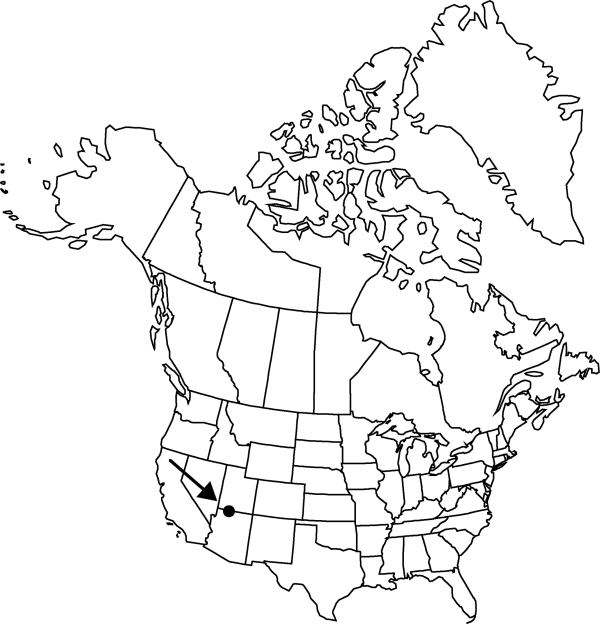Opuntia aurea
Cact. Succ. J. (Los Angeles) 5: 489, fig. s.n. (p. 489). 1933.
Shrubs, forming low clumps or with trailing branches, 10–30 cm. Stem segments not disarticulating, green to blue-green, flattened, elliptic to obovate, 6–15 × 5–12 cm, low tuberculate, papillate; areoles 7–11 per diagonal row across midstem segment, subcircular to elliptic, 3–5 × 2–4 mm; wool tan. Spines absent or only l spine in 1–few distal areoles, deflexed, yellow to gray, straight, terete, to 10 mm. Glochids in dense crescent at adaxial margin of areole and dense subapical tuft, yellow, to 6 mm. Flowers: inner tepals yellow throughout (magenta in introgressed plants), 25–30 mm; filaments white to yellow; anthers yellow; style white; stigma lobes green. Fruits tan to gray, 25–30 × 15–20 mm, dry, spineless; areoles 12–18. Seeds tan, subspheric to irregularly shaped, flattened, very large, 9–12 mm diam.; girdle thick, protruding 2.5–3.5 mm. 2n = 66.
Phenology: Flowering late spring (May–Jun).
Habitat: Pinyon-juniper woodlands, red sands
Elevation: 1500-1800 m
Discussion
Opuntia aurea forms hybrids with O. polyacantha var. erinacea and O. phaeacantha, and forms hybrid swarms with O. pinkavae (B. D. Parfitt 1991).
Selected References
None.
